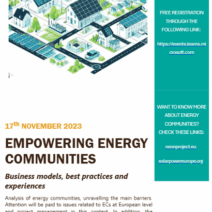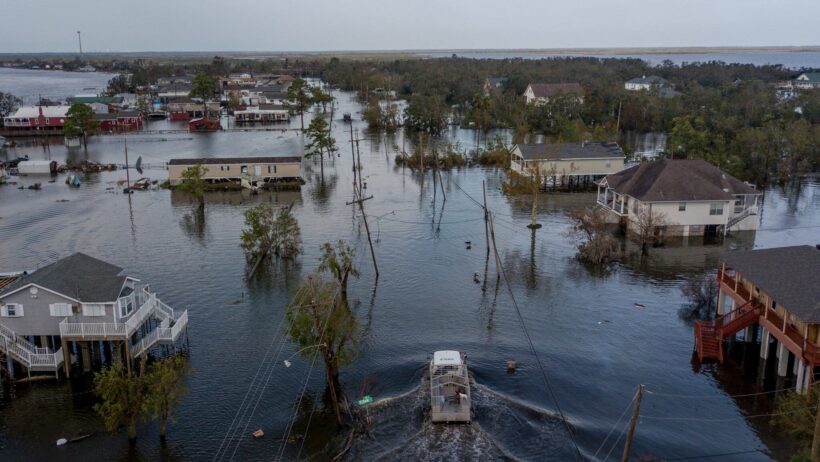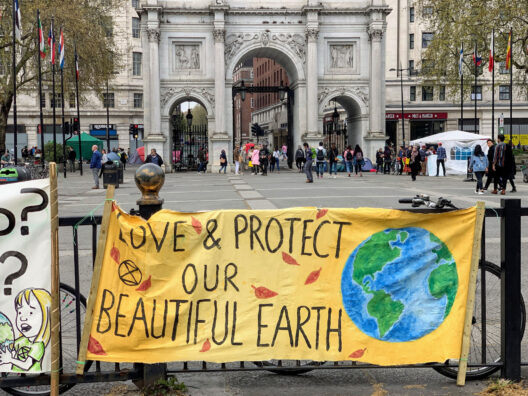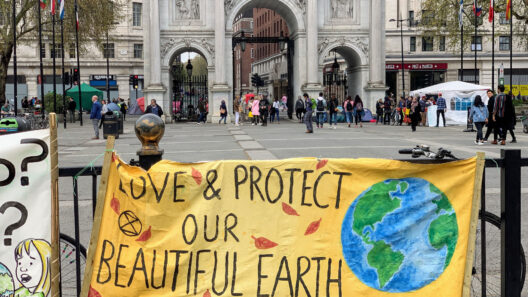The relationship between climate change and hurricanes is a pressing issue in contemporary environmental discussions. Understanding this connection is crucial for advancements in predictive modeling, disaster preparedness, and public policy. Beyond the realm of scientific inquiry, these discussions have immediate implications for communities prone to hurricanes, often leading to significant socio-economic repercussions.
The question at the forefront is whether climate change directly causes hurricanes or merely enhances their intensity and frequency. As global temperatures continue to rise—a consequence of escalating greenhouse gas emissions—hurricane patterns have shifted dramatically. In this exploration, we will delve into the complexities of climate change’s impact on these formidable storms.
What Causes Hurricanes?
Before ascertaining how climate change influences hurricanes, it is essential to comprehend the fundamental processes that produce these meteorological systems. Typically, hurricanes form over warm ocean waters, where temperatures are above 26.5°C (about 81°F). This warmth causes evaporation, creating moist air that rises, cools, and condenses, subsequently releasing latent heat that fuels the storm. Wind patterns, the Coriolis effect, and atmospheric pressure gradients further complicate the intricate mechanics of hurricane formation.
As these systems evolve, they draw energy from the ocean’s thermal reservoir. Once a hurricane strengthens and develops a structured eye, it can escalate into a Category 1 or higher storm, posing a considerable risk to coastal populations.
The Role of Climate Change
Climate change alters the foundation from which hurricanes derive their energy. The increase in global temperatures results in warmer sea surface temperatures. This rise not only promotes the initial formation of hurricanes but also intensifies their development during their formative stages. Consequently, warmer waters can lead to increased evaporation rates, thereby replenishing the storm with additional moisture and heat.
Moreover, as atmospheric temperatures rise, the atmosphere can hold more moisture—approximately 7% more for every 1°C increase. This amplifies rainfall rates associated with hurricanes, leading to catastrophic flooding. Studies predict that the most intense hurricanes will become wetter, leading to increased precipitation and compounding the devastation already wrought by high winds and storm surges.
Increased Intensity and Frequency
Evidence suggests that climate change is linked to a gradual increase in the intensity of hurricanes. Warmer waters fuel more potent storms, as observed with a greater number of Category 4 and 5 hurricanes in recent years. The National Oceanic and Atmospheric Administration (NOAA) and similar organizations have confirmed this uptick, positing that while the overall frequency of hurricanes may not rise dramatically, the storms that do form are likely to be more destructive, with winds surpassing 130 miles per hour.
However, the frequency of hurricanes is a contentious issue. Some researchers assert that climate change has not yet produced a consistent increase in the number of storms, while others affirm that anomalies in frequency should not be ruled out as the climate continues to evolve.
Seasonal Shifts and Geographical Implications
Another dimension to consider is how climate change affects the seasonal patterns of hurricanes. Traditionally, hurricane seasons peak in summer and early fall when ocean temperatures reach their zenith. However, with ongoing climate shifts, there is a potential for extended hurricane seasons, increasing the duration during which communities are vulnerable. Such changes could lead to heightened anticipatory stress for residents of susceptible regions.
Geographically, shifts in hurricane formation have also been observed. For instance, the traditional ‘Hurricane Alley’ in the Caribbean has seen storms straying farther northward and impacting previously sheltered coastal areas. These shifts could lead to unprecedented challenges, as regions unaccustomed to hurricane threats may lack the infrastructure and preparedness necessary to face such occurrences.
Adaptation Strategies for Communities
With the possible escalation in hurricane intensity and the shifting geographic patterns, it becomes imperative for communities to develop adaptive measures. Coastal regions should invest in resilient infrastructure designed to withstand potential flooding and wind damage. This includes reinforcing bridges, enhancing levee systems, and implementing comprehensive housing regulations that consider rising storm intensity.
Moreover, public education campaigns should be initiated to promote awareness about the elevated risk of hurricanes due to climate change. Communities must engage in proactive disaster preparedness planning, equipping residents with the knowledge, tools, and resources necessary for effective responses to hurricanes.
The Future of Hurricanes in a Warming World
The future of hurricanes in our warming planet remains an area of intense research and speculation. As climate models improve, our understanding of the interplay between climate change and hurricanes will continue to evolve. While it is clear that rising sea temperatures and atmospheric changes are influential, predicting the exact nature of future hurricane behavior will require ongoing study and public discourse.
In conclusion, while climate change does not outright cause hurricanes, it undeniably intensifies their impact and alters their behavior. The societal implications of these changes demand urgent attention, requiring a collective response that prioritizes resilience, adaptation, and sustainability. Only through comprehensive understanding and proactive planning can communities prepare for the storms that lie ahead.







